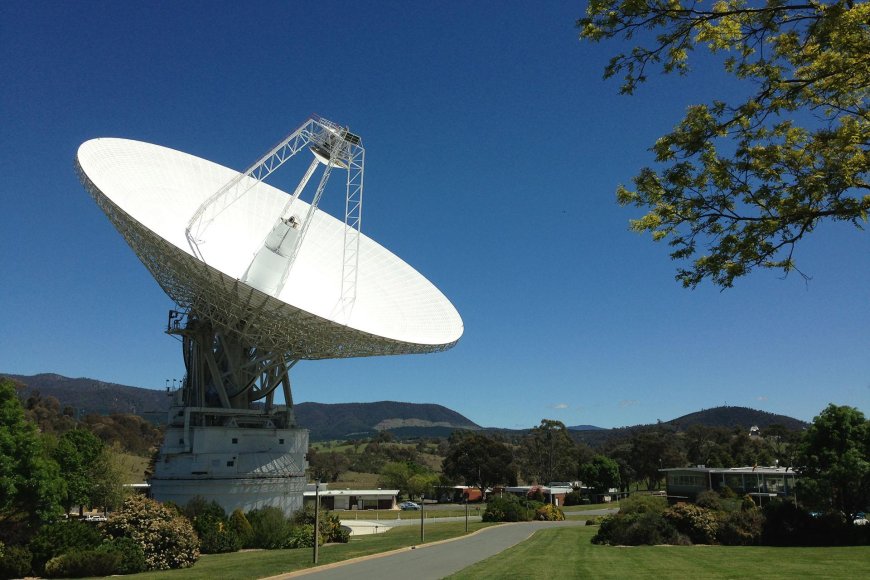Sixty Years in Canberra: NASA’s Deep Space Network
Deep Space Station 43 (DSS-43), a 230-foot-wide (70-meter-wide) radio antenna at NASA’s Deep Space Network facility in Canberra, Australia, is seen in this March 4, 2020, image. DSS-43 was more than six times as sensitive as the original antenna at the Canberra complex, so it could communicate with spacecraft at greater distances from Earth. In […]

Deep Space Station 43 (DSS-43), a 230-foot-wide (70-meter-wide) radio antenna at NASA’s Deep Space Network facility in Canberra, Australia, is seen in this March 4, 2020, image. DSS-43 was more than six times as sensitive as the original antenna at the Canberra complex, so it could communicate with spacecraft at greater distances from Earth. In fact, Canberra is the only complex that can send commands to, and receive data from, Voyager 2 as it heads south almost 13 billion miles (21 billion kilometers) through interstellar space. More than 15 billion miles (24 billion kilometers) away, Voyager 1 sends its data down to the Madrid and Goldstone complexes, but it, too, can only receive commands via Canberra.
As the Canberra facility celebrated its 60th anniversary on March 19, 2025, work began on a new radio antenna. Canberra’s newest addition, Deep Space Station 33, will be a 112-foot-wide (34-meter-wide) multifrequency beam-waveguide antenna. Buried mostly below ground, a massive concrete pedestal will house cutting-edge electronics and receivers in a climate-controlled room and provide a sturdy base for the reflector dish, which will rotate during operations on a steel platform called an alidade.
When it goes online in 2029, the new Canberra dish will be the last of six parabolic dishes constructed under NASA’s Deep Space Network Aperture Enhancement Program, which is helping to support current and future spacecraft and the increased volume of data they provide. The network’s Madrid facility christened a new dish in 2022, and the Goldstone, California, facility is putting the finishing touches on a new antenna.
Image credit: NASA
What's Your Reaction?




















































































































